When it comes to our canine pals, there’s a curious and somewhat puzzling habit that many of them seem to share: they just can’t resist munching on the oddest things, particularly our underwear and socks.
If you’re a dog owner, you’ve probably scratched your head, wondering why your beloved pet finds such delight in these personal pieces of clothing. It can be amusing, but it can also be quite exasperating. However, understanding why they do this is not just for our peace of mind; it’s also about keeping them safe and healthy.
- Puppies chew on socks & underwear to ease teething discomfort.
- Dogs enjoy chewing items with owner's scent for comfort.
- Boredom can lead to chewing; toys help prevent it.
- Pica in dogs can cause them to eat non-food items like socks.
- Swallowing underwear may result in dangerous blockages.
Dogs, those lovable members of our families with four legs and a wagging tail, bring immense joy and laughter into our lives. But they also have a set of behaviors that can sometimes leave us baffled.
This article dives deep into the complicated reasons behind why dogs are so drawn to underwear and socks. Along the way, we’ll illuminate the various reasons that drive our furry friends to embark on these covert and potentially risky chewing adventures. Is it curiosity, a sense of comfort, boredom, or something more profound? Join us as we take a journey to reveal the intriguing motives behind dogs developing a taste for our most personal garments.
The information provided herein is for informational purposes only. Please refer to our disclaimer for more details..
- 1. Teething Troubles: Puppies and Chewing
- 2. Curiosity and Exploration: Understanding Your Dog’s World
- 3. Comfort and Familiarity: Owner’s Scent in Underwear
- 4. Boredom Busters: Providing Appropriate Chew Toys
- 5. Pica and Compulsive Behavior
- 6. Health Risks: The Dangers of Swallowing Non-Food Items
- 7. Training and Prevention: How to Stop Your Dog from Eating Socks and Underwear
- 8. Older Dogs and Chewing
1. Teething Troubles: Puppies and Chewing
Image credits: Jordan Whitt.
Puppies, like human babies, go through a teething stage. This is when their baby teeth fall out, and adult teeth start coming in. This happens when they hit 4 to 7 months of age.
Chewing helps ease the discomfort they feel as new teeth push through their gums. It’s a natural process. However, it’s crucial to distinguish between normal teething behavior and a potential problem.
Normal teething involves chewing on appropriate objects like toys, while a problem might be chewing on non-toy items or excessive discomfort. Pay attention to the type of items your puppy chews on and consult a vet if there are signs of excessive pain or unusual behavior during this stage.
2. Curiosity and Exploration: Understanding Your Dog’s World
Dogs explore the world with their mouths because it’s a primary way they learn about their surroundings. It’s like a combination of touching and tasting for them.
Curiosity is a significant factor in their chewing habits. They want to understand the smell, texture, and taste of various objects, especially as puppies. It’s a form of discovery and play.
While curiosity is natural, it’s vital for dog owners to ensure that they explore safely and that their curiosity doesn’t lead to destructive or dangerous chewing habits. Providing appropriate chew toys can help channel their curiosity in a positive way.
3. Comfort and Familiarity: Owner’s Scent in Underwear
Image credits: Cynthia Smith.
Your scent on underwear and socks is more than a sniff – it’s a soothing embrace for your dog. They could be chewing these items not out of an eating habit, but to feel close to you, like a security blanket.
This connection is crucial to know your dog better and understand their reasons for this chewing habit. Perhaps it’s a way to ease separation anxiety when you’re not around, or they simply love the comforting scent.
To minimize this behavior, empathetic dog owners should explore alternatives and keep dirty underwear and socks away from their curious pup’s reach. This way, you can help your dog feel secure and content even when you’re not by their side, preventing any hamper mishaps.
4. Boredom Busters: Providing Appropriate Chew Toys
Dogs do plenty of curious things, and sometimes, that includes trying to chew on items like underwear or socks. This behavior often stems from boredom. When they lack mental and physical stimulation, they may resort to chewing to alleviate their restlessness.
To keep your dog from eating things they shouldn’t, like underwear or socks, it’s essential to address this issue by providing suitable toys that keep your dog engaged.
Toys can make a big difference in curbing your dog’s chewing habits. Choose toys that fit your dog’s size, activity level, and how they like to play. Interactive toys that dispense treats or puzzle toys can challenge their minds, while durable chew toys satisfy their need to gnaw.
By rotating toys periodically, you can keep things interesting and prevent them from even thinking about chewing on inappropriate items while they explore the world around them. By offering the right toys, you not only combat boredom but also strengthen the bond between you and your furry companion, ensuring a happier and healthier pup. This way, you know your dog won’t even think about chewing on underwear or socks, and you can keep your dog in the act of playing instead.
5. Pica and Compulsive Behavior
Image credits: lenestrand85.
Pica is a condition where dogs eat non-food items, like socks or underwear, which can harm their health. If your dog has pica, they might eat things they shouldn’t, sometimes even leading to vomiting and changes in behavior.
When dogs show these signs, it’s vital to consult a veterinarian. Pica can be triggered by health issues, not getting the right nutrients, or feeling anxious. Vets can conduct tests to find the cause and suggest treatments or dietary changes. Quick intervention is necessary to keep your dog safe and well, avoiding complications like vomiting related to pica.
Dogs often do puzzling things, and eating non-food items is a behavior that needs attention. It’s not always clear why a dog starts eating things like socks or underwear. Genetics and their environment can sometimes play a role in this unusual habit.
Figuring out why it’s happening is vital to stop your dog from eating harmful things. Remember, quick action is crucial for your dog’s safety and well-being, preventing issues like vomiting and stomach troubles connected to pica.
6. Health Risks: The Dangers of Swallowing Non-Food Items
Eating socks and underwear can lead to severe consequences for dogs. When they swallow these non-food items, it can cause intestinal blockages, a condition where the sock or underwear becomes stuck in their digestive tract.
This can result in symptoms like vomiting, diarrhea, abdominal pain, and loss of appetite. If left untreated, it may lead to more severe issues, including damage to the intestines, infection, and, in extreme cases, even death.
Understanding intestinal blockages is crucial because they require prompt veterinary attention. Treatment typically involves X-rays or ultrasounds to locate the blockage and, in some cases, surgery to remove it. Early intervention is vital to prevent complications and ensure your dog’s safety. It’s essential to be aware of the potential risks and it’s important to take action if suspect your dog has ingested any foreign body to protect their furry friend’s well-being.
7. Training and Prevention: How to Stop Your Dog from Eating Socks and Underwear
Image credits: Samson Katt.
Training your dog with the “leave it” and “drop it” commands is essential in preventing them from going after your laundry. “Leave it” teaches them not to approach or pick up undesirable items, while “drop it” is useful when they’ve already grabbed something they shouldn’t have. Consistent training, using treats and positive reinforcement, helps reinforce these behaviors. Regular practice is key to making these commands a part of your dog’s behavior.
To stop your dog from going after your laundry, use tips like keeping dirty laundry out of their reach, using hampers with lids, and ensuring they have enough playtime and exercise to combat boredom. Providing engaging chew toys redirects their attention, and consistent training helps create a laundry-safe environment for your furry friend. Sometimes dogs just love to chew on things so it’s best to put clean laundry away and give it a dedicated toy to chew.
8. Older Dogs and Chewing
Older dogs may develop chewing habits for various reasons. It could be due to dental issues, as older dogs might have sore gums or teeth that cause discomfort, leading them to chew to relieve the pain. Cognitive changes, such as anxiety or dementia, can also trigger unusual chewing behaviors in senior dogs. To address this, consult with a vet to rule out any underlying health concerns and discuss potential medication or treatments for age-related conditions.
Strategies to manage chewing in older dogs include offering appropriate chew toys that are gentle on their teeth and gums. Ensuring mental stimulation with puzzle toys can also help combat anxiety or boredom. Creating a structured routine can provide a sense of security for senior dogs. Additionally, consider providing additional comfort and support for your aging pet, as sometimes, the chewing behavior can be a result of seeking comfort or reassurance in their later years.
In conclusion, our canine companions’ quirky behavior of eating your undies and socks, whether driven by curiosity, teething, or a desire for comfort, reflects their unique way of navigating the world. To keep them safe, providing appropriate chew toys, understanding potential issues like pica, and offering training and comfort solutions are essential. As responsible dog owners, our empathy and actions play a crucial role in ensuring a happy and healthy life for our beloved four-legged friends.
105views
Share on Facebook
 Dark Mode
Dark Mode 

 No fees, cancel anytime
No fees, cancel anytime 


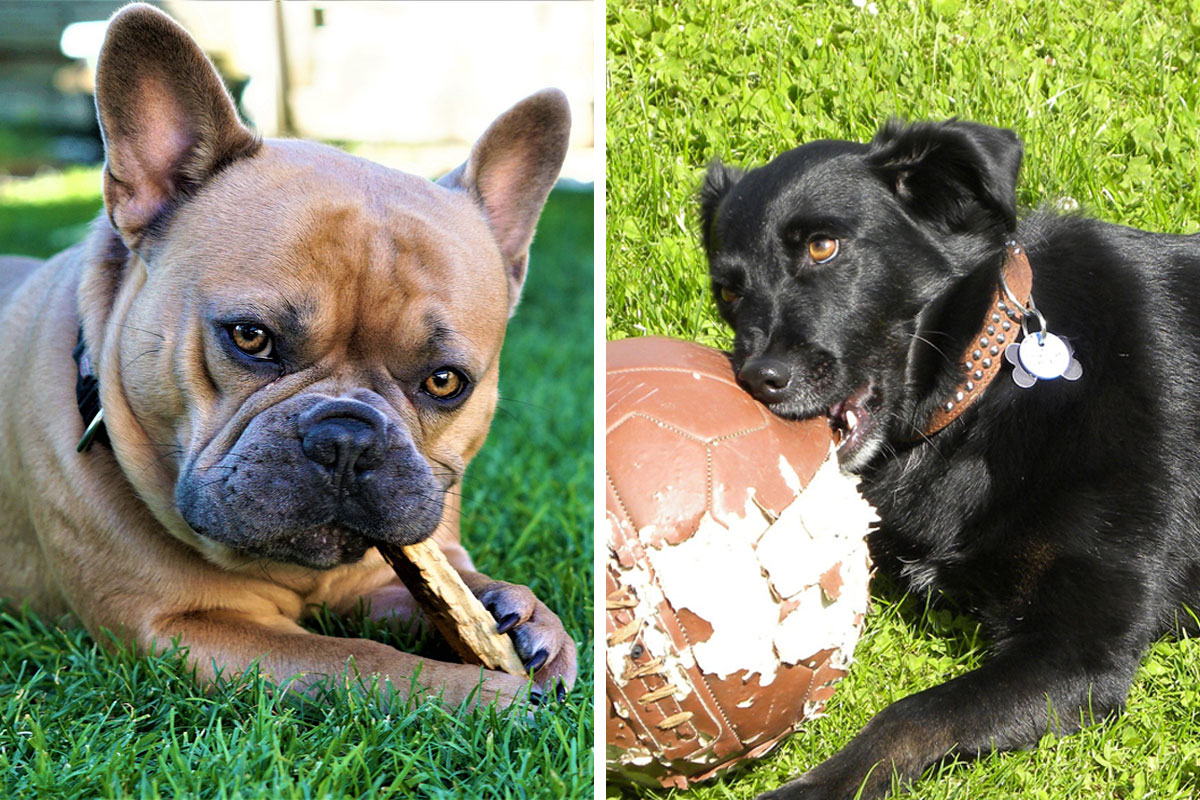
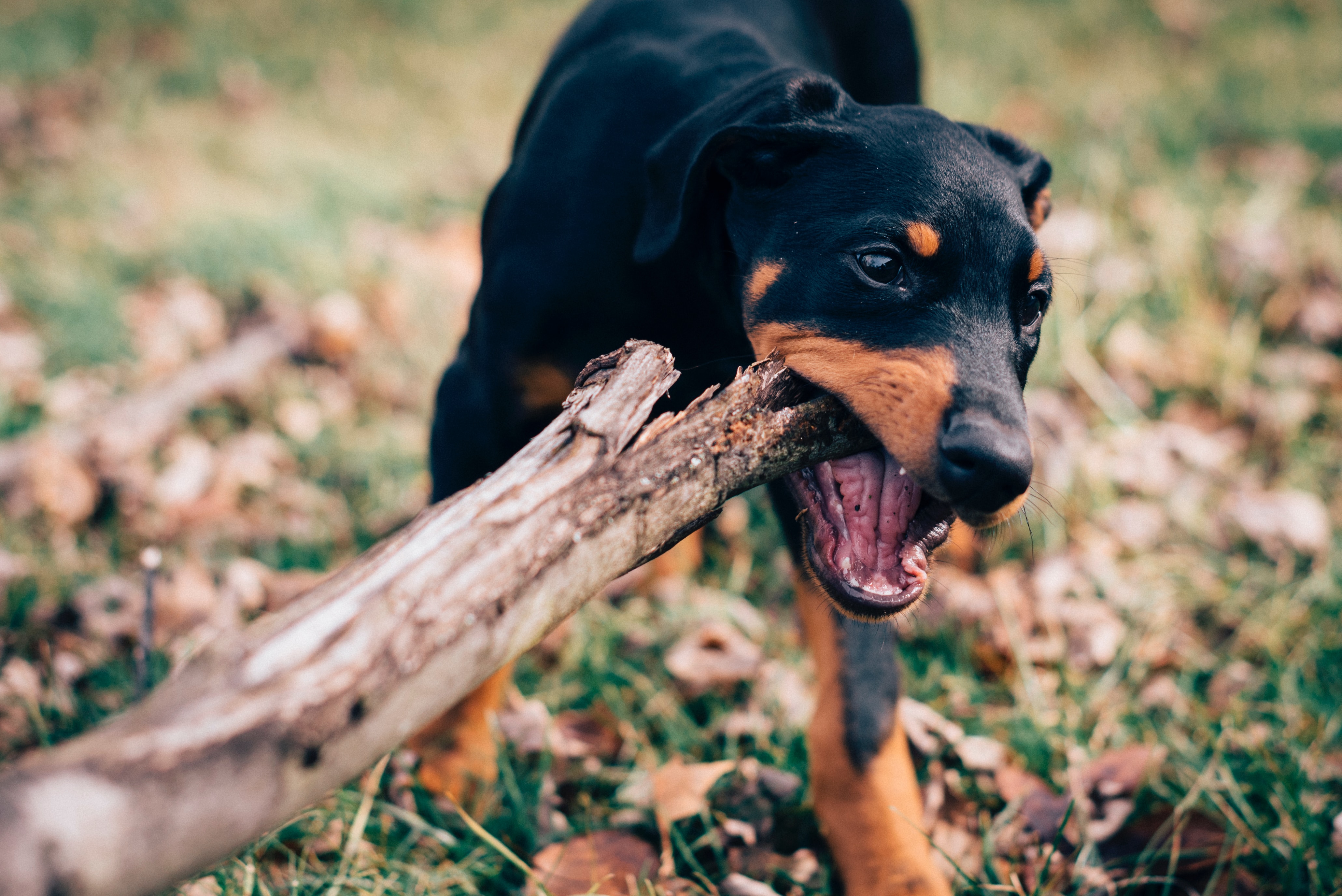
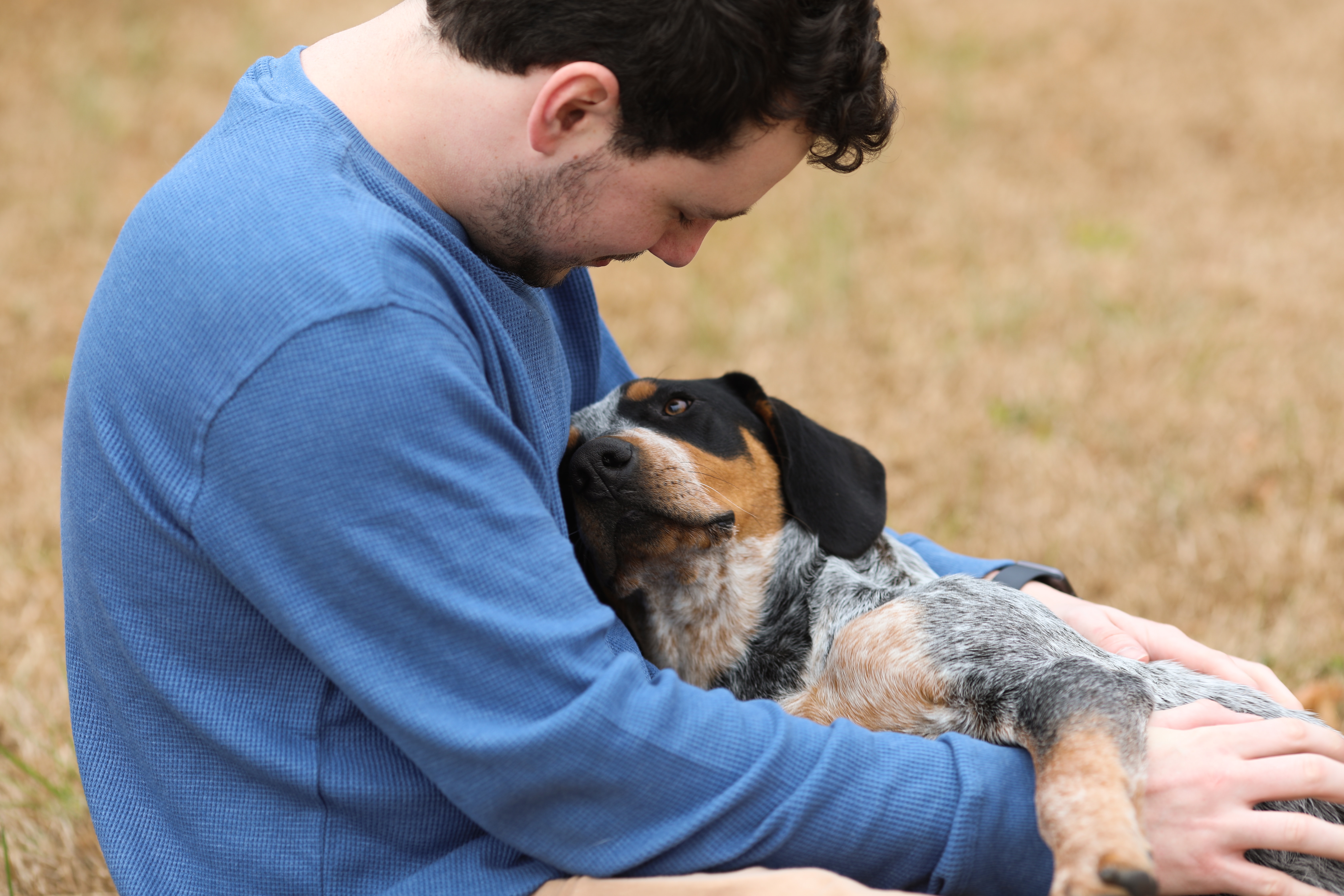
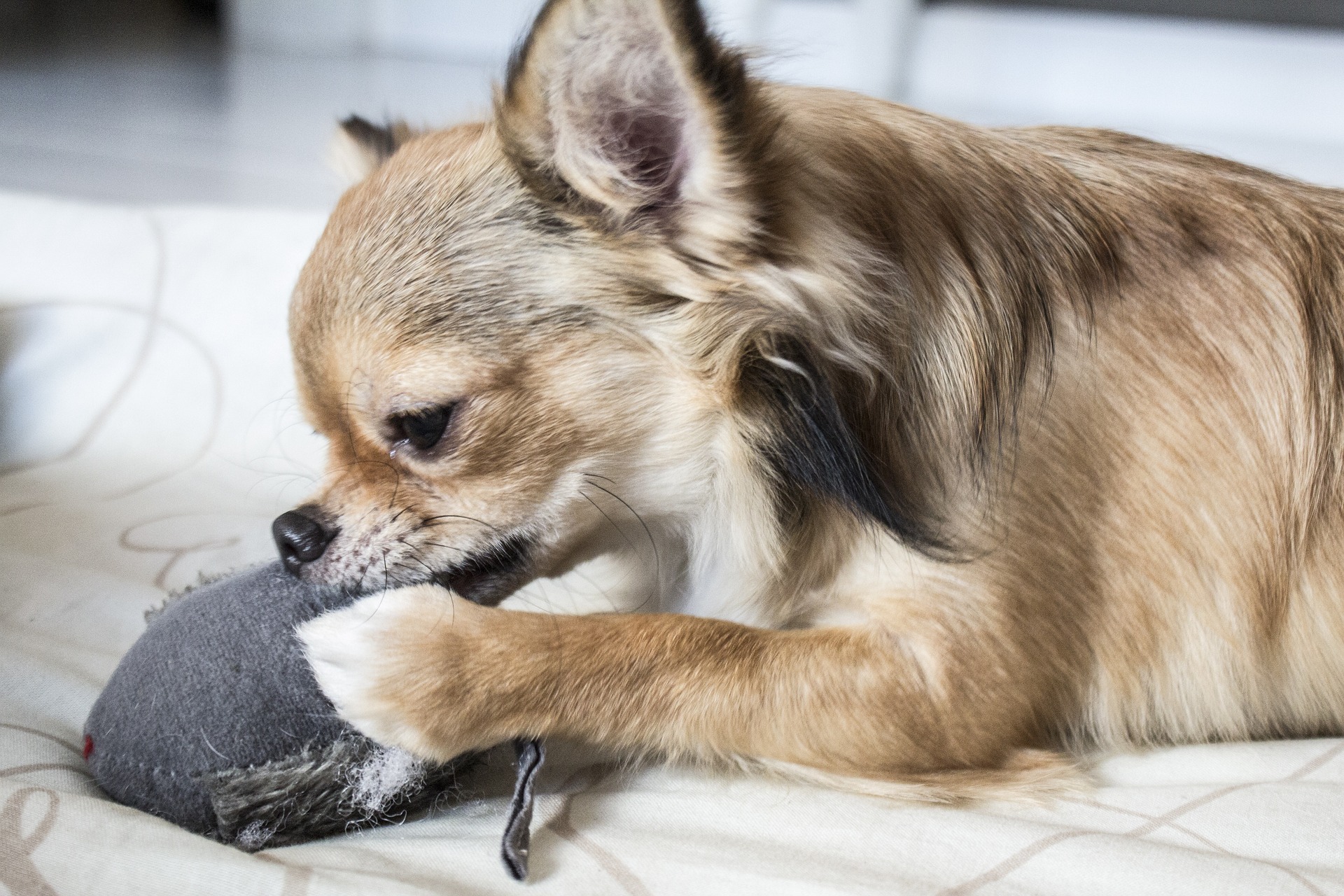
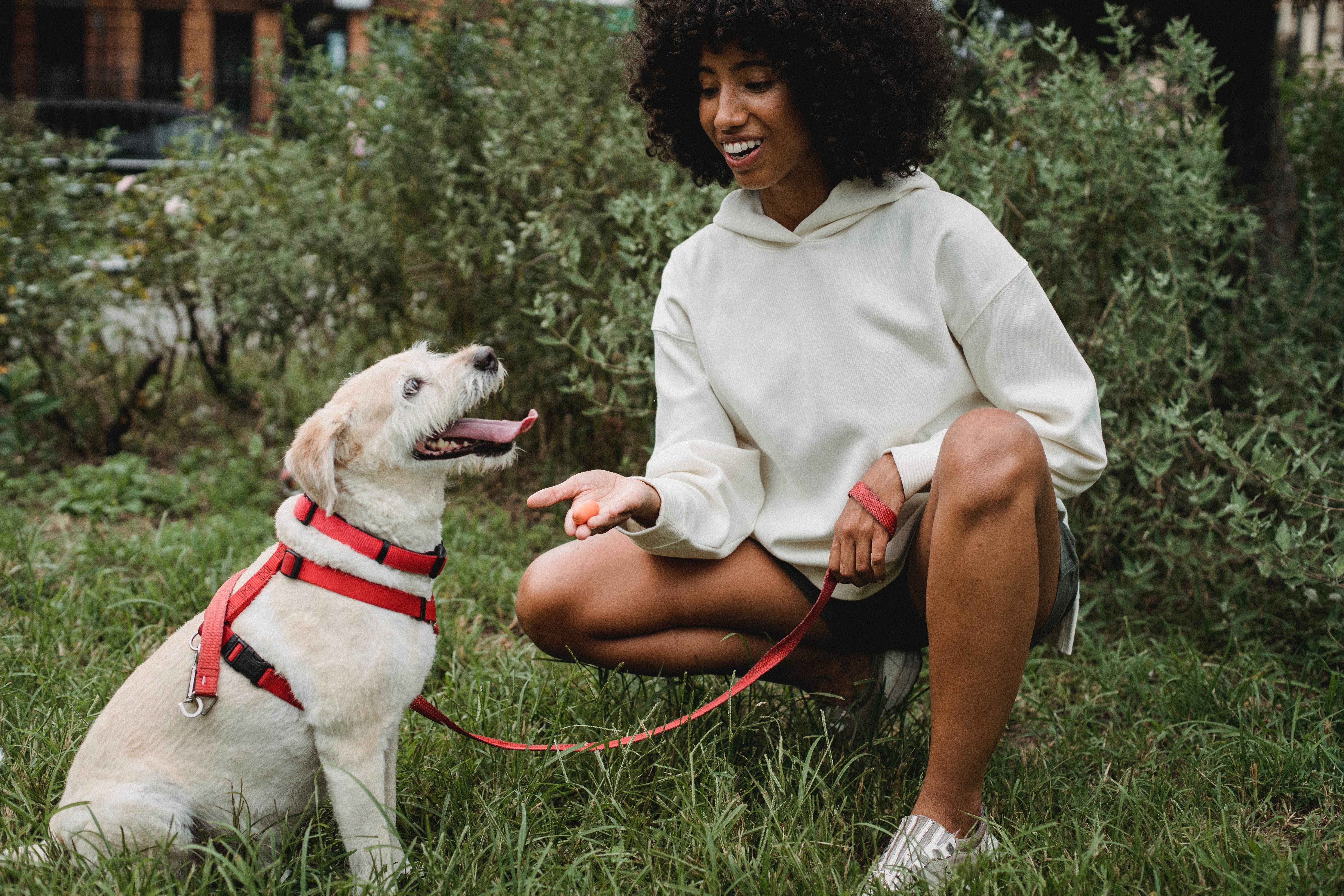
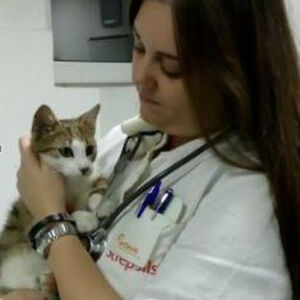

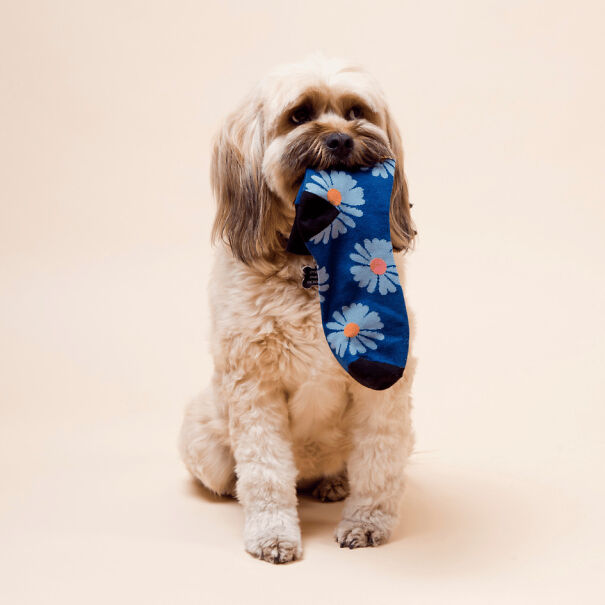







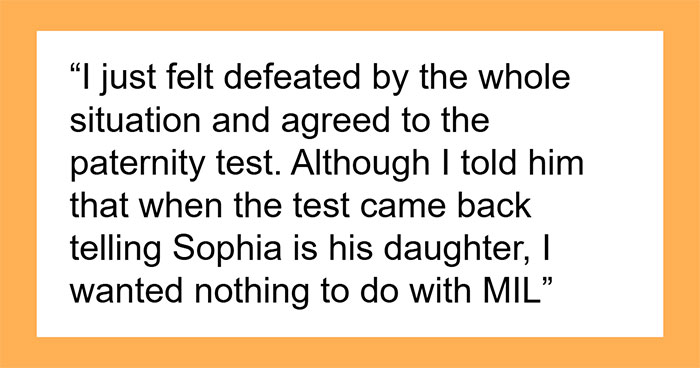
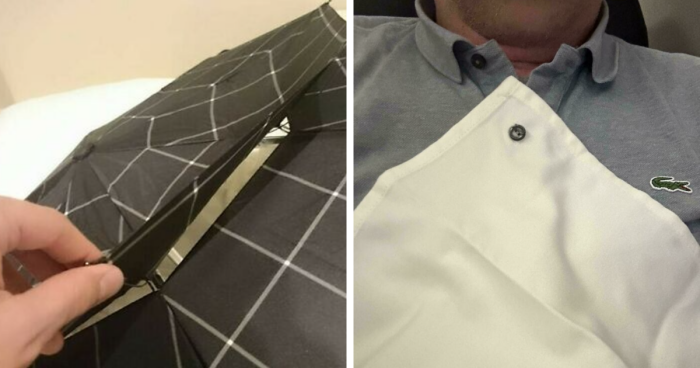




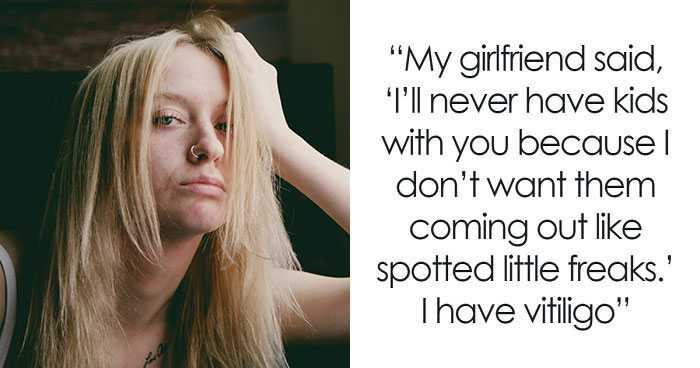







9
3